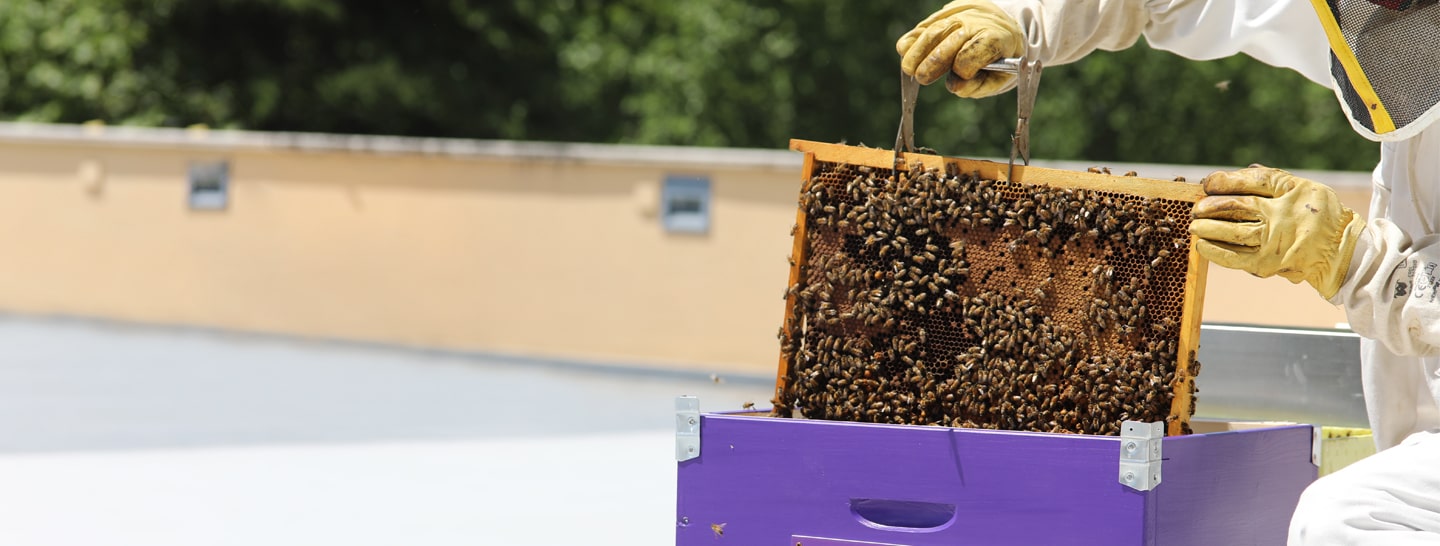Taking into account what was written above, it is clear that in all communications activities the close link between biodiversity and sustainability must be kept in mind. Support for nature and biodiversity is nowadays considered one of the most important elements for measuring a company's commitment to sustainability, also because biodiversity generates so many benefits, including:
Mitigating climate change, supporting human health and creating jobs;
Together with healthy ecosystems, increasing the level of global resilience to extreme weather events, such as droughts, storms, and other disasters;
Guaranteeing the survival of the entire system that, in turn, ensures the survival of the human race;
Ensuring the functioning of all food systems, which depend on biodiversity (two examples: productive plants and fertile soil);
Reducing the mortality rate linked to environmental factors worldwide;
Mitigating air, water and soil pollution.
All these possibilities and resources that biodiversity provides must be managed perceptively, carefully and sensibly (in a word: sustainably) so that their use may improve living conditions for all. Biodiversity and sustainability must go hand in hand if we want to keep our planet livable/fit for life. The conservation of biodiversity and sustainable development are connected goals that can be achieved by, among others:
Supporting clients’ sustainability journeys;
Making concrete contributions to substantiate clients’s environmental commitments;
Meeting sustainability-related reporting requirements and rapidly-expanding mandatory disclosures.
Moreover, biodiversity directly supports agriculture, forestry, fishing, tourism, and other economic activities. According to the OECD, biodiversity also provides vital benefits to our societies and economies at the global, regional, and local levels, including: nutrient cycling, habitat provision, pollination, soil erosion control, and climate regulation.










